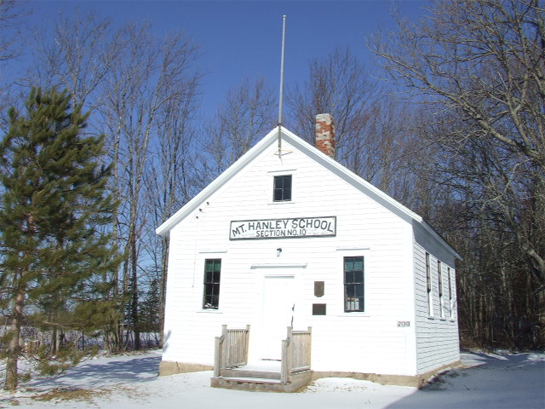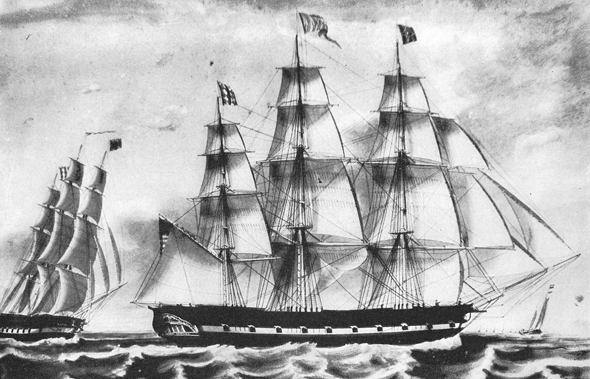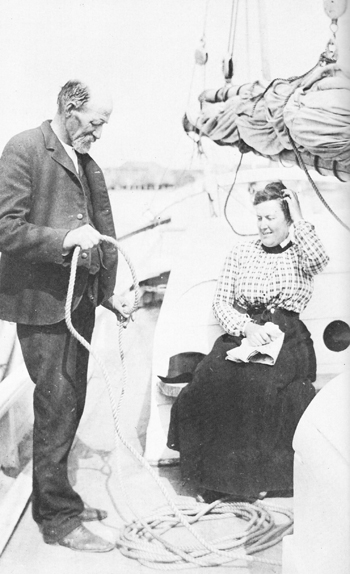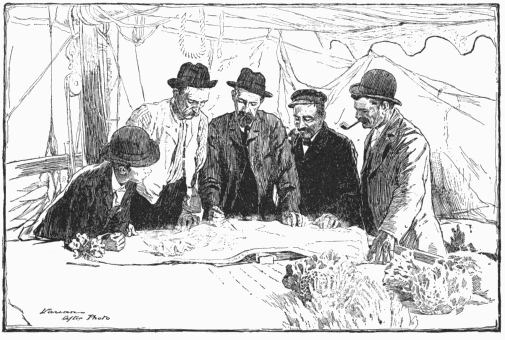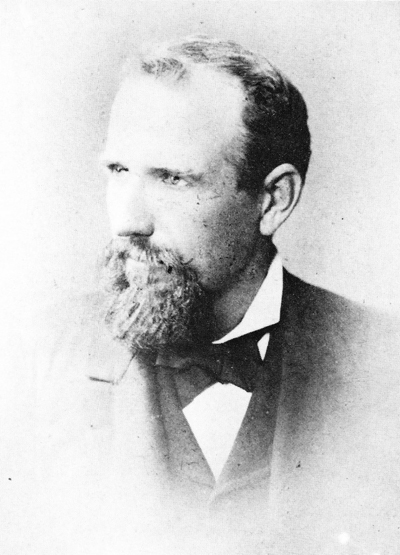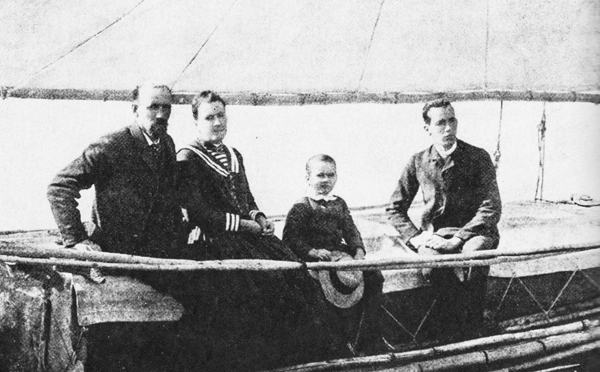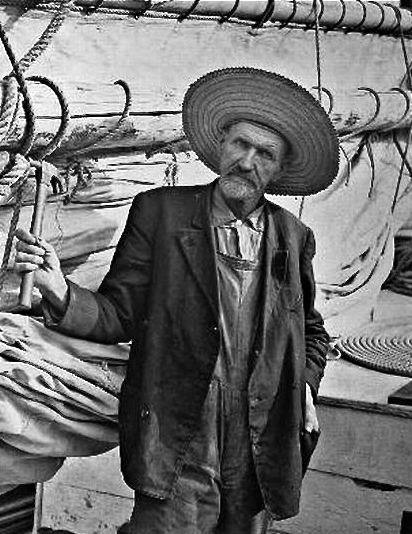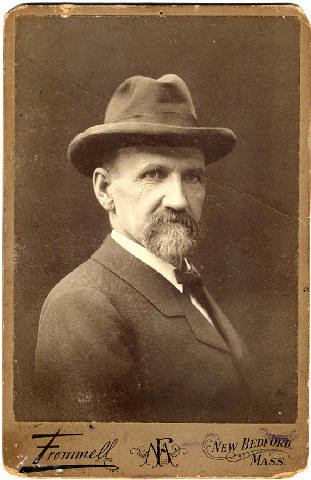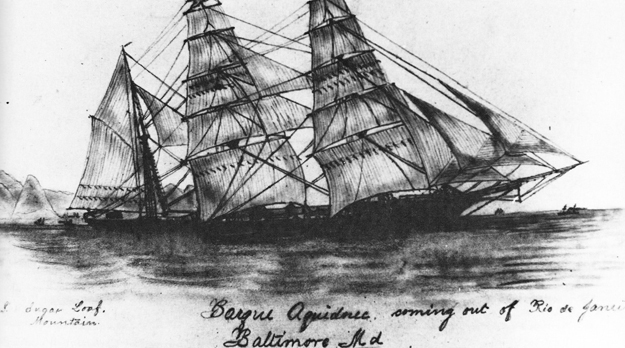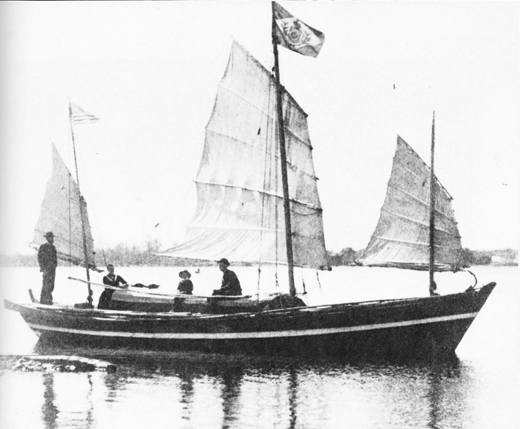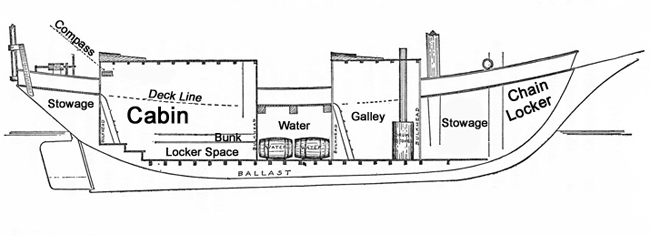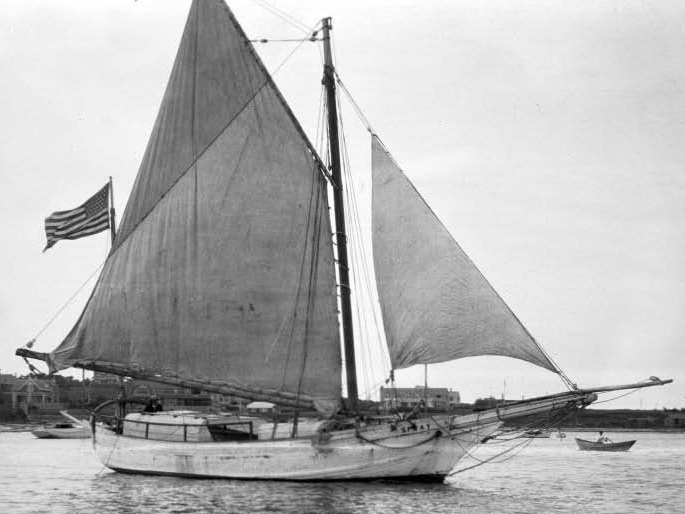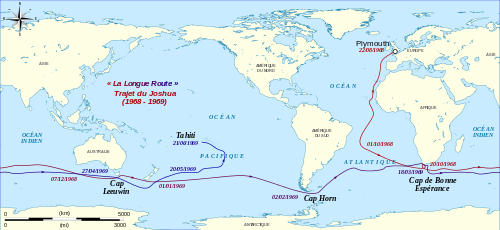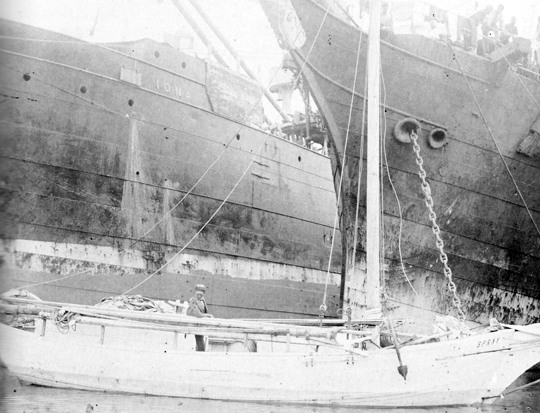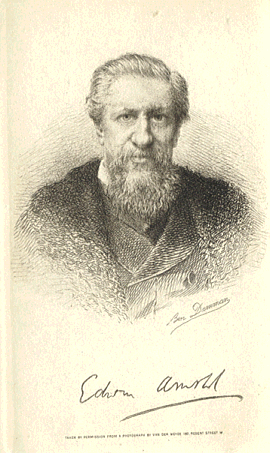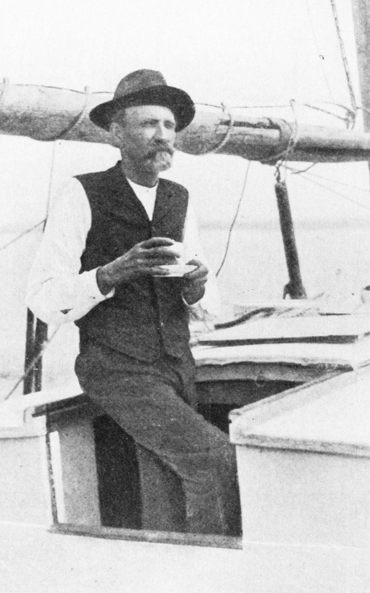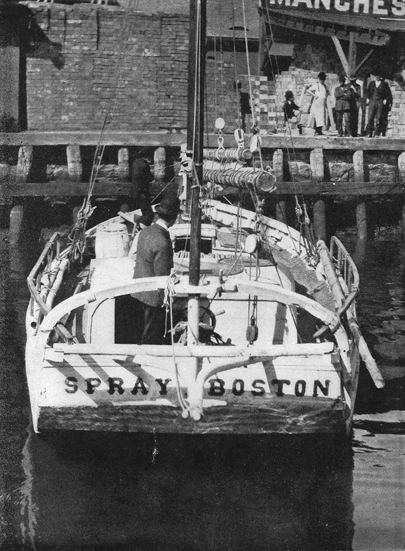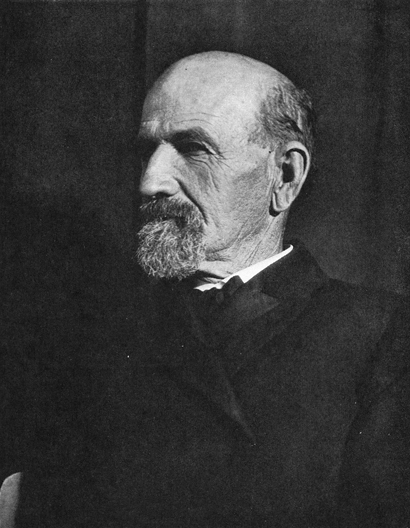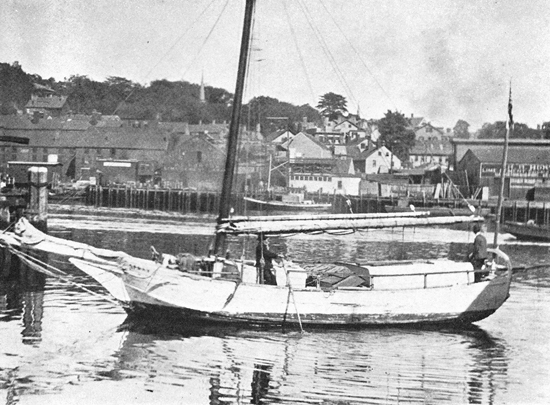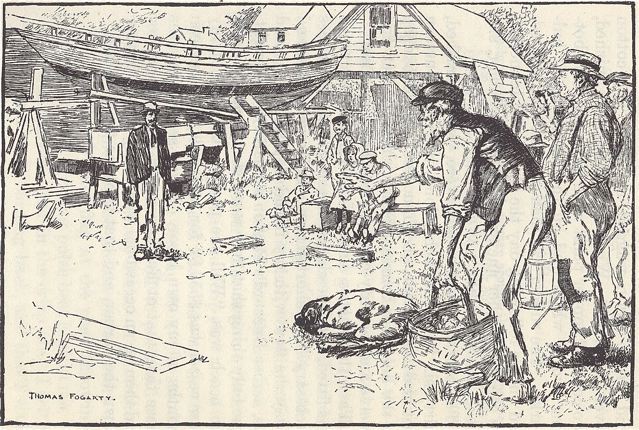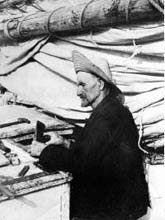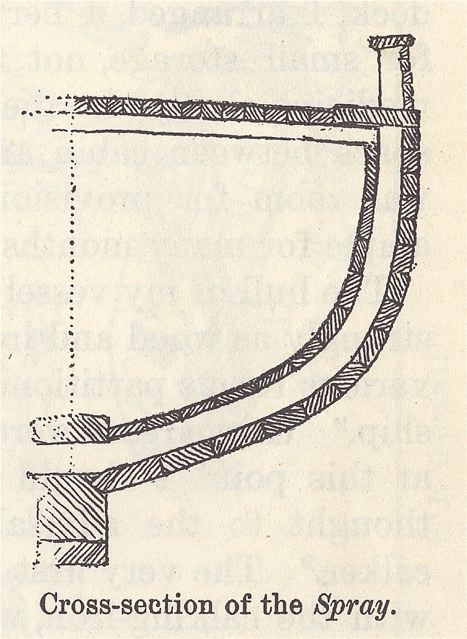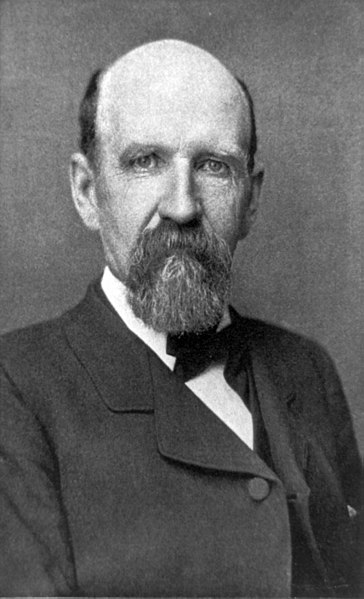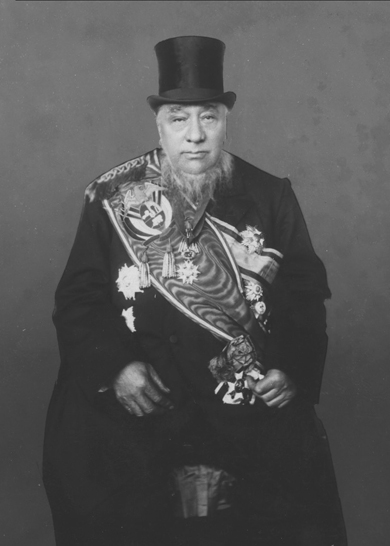

The Treaty of Versailles, signed in the Versailles Palace outside Paris on June 28, 1919, between the Allied and Associated Powers on the one hand and Germany on the other, brought World War I to an end. From the moment of its signature, the treaty ignited a continuing controversy over its treatment of Germany, with some arguing from the beginning that it was far too harsh, and others that it was too lenient to ensure a lasting peace.
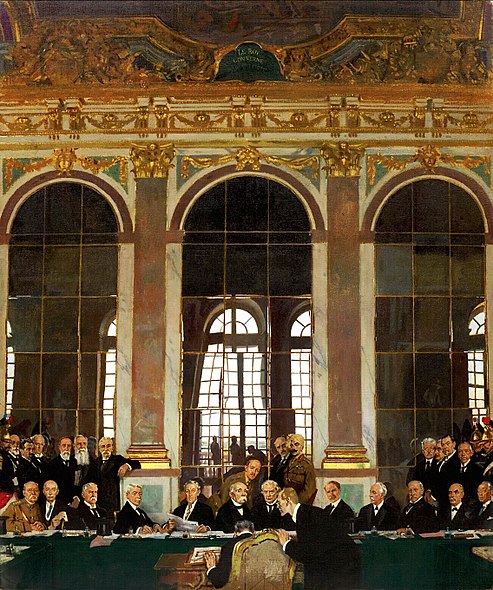
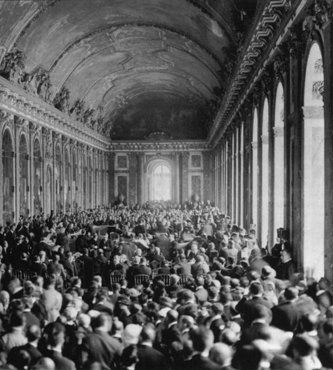
The treaty, negotiated between January and June 1919 in Paris, was written by the Allies with almost no participation by the Germans. The negotiations revealed a split between the French, who wanted to dismember Germany to make it impossible for it to renew war with France, and the British and Americans, who did not want to create pretexts for a new war. The eventual treaty included fifteen parts and 440 articles.


Part I created the Covenant of the New League of Nations, which Germany was not allowed to join until 1926.


Part II specified Germany's new boundaries, giving Eupen-Malm[eacute]dy to Belgium, Alsace-Lorraine back to France, substantial eastern districts to Poland, Memel to Lithuania, and large portions of Schleswig to Denmark.
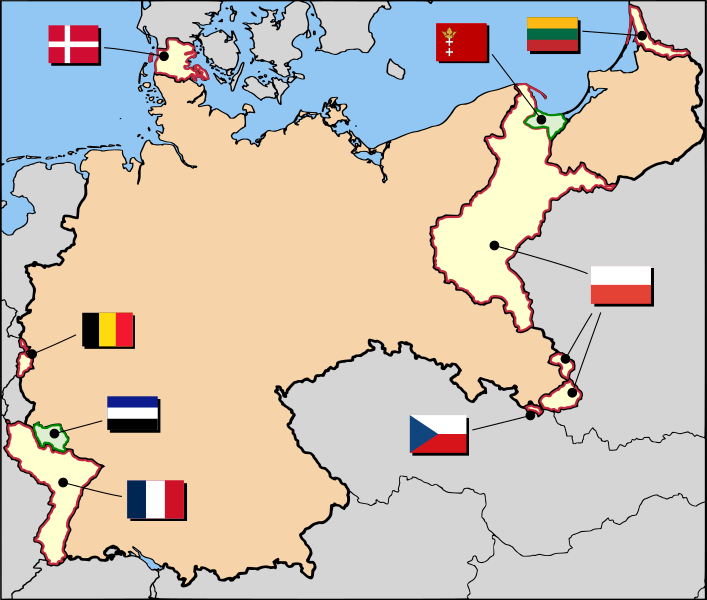

Part III stipulated a demilitarized zone and separated the Saar from Germany for fifteen years. Part IV stripped Germany of all its colonies, and Part V reduced Germany's armed forces to very low levels and prohibited Germany from possessing certain classes of weapons, while committing the Allies to eventual disarmament as well.

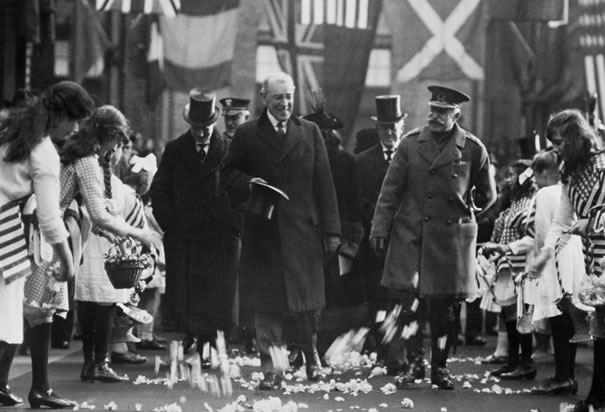
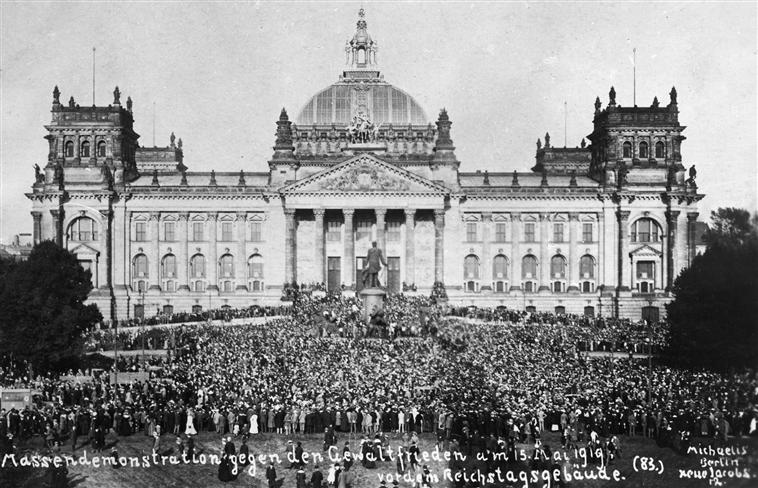

Part IX imposed numerous other financial obligations upon Germany.
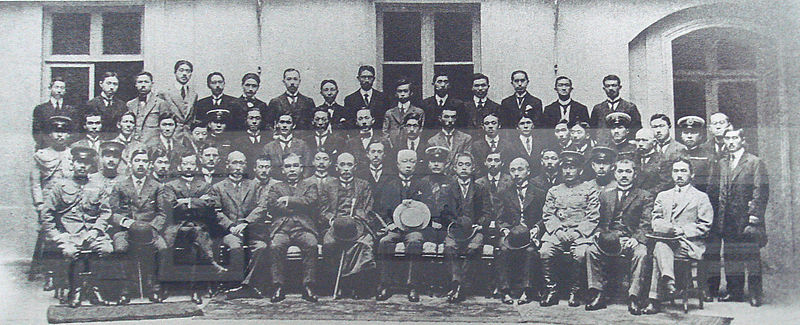
The German government signed the treaty under protest. Right-wing German parties attacked it as a betrayal, and terrorists assassinated several politicians whom they considered responsible. The U.S. Senate refused to ratify the treaty, and the U.S. government took no responsibility for most of its provisions.

For five years the French and the Belgians tried to enforce the treaty quite rigorously, leading in 1922 to their occupation of the Ruhr. In 1924, however, Anglo-American financial pressure compelled France to scale down its goals and end the occupation, and the French, assented to modifying important provisions of the treaty in a series of new agreements. Germany in 1924 and 1929 agreed to pay reparations under the Dawes Plan and the Young Plan, but the depression led to the cancellation of reparations in 1932. The Allies evacuated the Rhineland in 1930. Germany violated many disarmament provisions of Part V during the 1920s, and Hitler denounced the treaty altogether in 1935. From March 1937 through March 1939, Hitler overturned the territorial provisions of the treaty with respect to Austria, Czechoslovakia, and Memel, with at least the tacit consent of the western powers. On September 1, 1939, he attacked Poland to alter that frontier, as well.



One can never know whether either rigorous Franco-British enforcement of the original treaty or a more generous treaty would have avoided a new war. Certainly the British and American governments after 1945 sought to avoid many of the problems that had been raised by the Treaty of Versailles, especially regarding reparations, and the division of Germany and the Cold War enabled them generously to rebuild the western zones and to integrate them into a western alliance without renewing fears of German aggression. Meanwhile, they deferred certain fundamental issues for so long that no formal peace treaty was ever written to end World War II.








by DAVID KAISER taken from: http://www.history.com/topics/treaty-of-versailles [28.06.2013]
Keynes predicts economic chaos
At the Palace of Versailles outside Paris, Germany signs the Treaty of Versailles with the Allies, officially ending World War I.
The English economist John Maynard Keynes, who had attended the peace
conference but then left in protest of the treaty, was one of the most
outspoken critics of the punitive agreement. In his The Economic Consequences of the Peace,
published in December 1919, Keynes predicted that the stiff war
reparations and other harsh terms imposed on Germany by the treaty would
lead to the financial collapse of the country, which in turn would have
serious economic and political repercussions on Europe and the world.
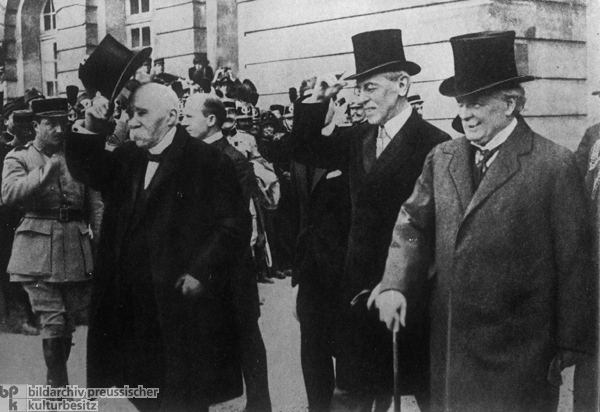
By the fall of 1918, it was apparent to the leaders of Germany that defeat was inevitable in World War I. After four years of terrible attrition, Germany no longer had the men or resources to resist the Allies, who had been given a tremendous boost by the infusion of American manpower and supplies. In order to avert an Allied invasion of Germany, the German government contacted U.S. President Woodrow Wilson in October 1918 and asked him to arrange a general armistice. Earlier that year, Wilson had proclaimed his "Fourteen Points," which proposed terms for a "just and stable peace" between Germany and its enemies. The Germans asked that the armistice be established along these terms, and the Allies more or less complied, assuring Germany of a fair and unselfish final peace treaty. On November 11, 1918, the armistice was signed and went into effect, and fighting in World War I came to an end.

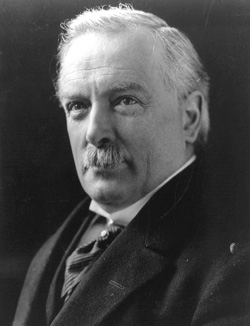
In January 1919, John Maynard Keynes traveled to the Paris Peace Conference as the chief representative of the British Treasury. The brilliant 35-year-old economist had previously won acclaim for his work with the Indian currency and his management of British finances during the war. In Paris, he sat on an economic council and advised British Prime Minister David Lloyd George, but the important peacemaking decisions were out of his hands, and President Wilson, Prime Minister Lloyd George, and French Prime Minister Georges Clemenceau wielded the real authority. Germany had no role in the negotiations deciding its fate, and lesser Allied powers had little responsibility in the drafting of the final treaty.

It soon became apparent that the treaty would bear only a faint resemblance to the Fourteen Points that had been proposed by Wilson and embraced by the Germans. Wilson, a great idealist, had few negotiating skills, and he soon buckled under the pressure of Clemenceau, who hoped to punish Germany as severely as it had punished France in the Treaty of Frankfurt that ended the Franco-Prussian War in 1871. Lloyd George took the middle ground between the two men, but he backed the French plan to force Germany to pay reparations for damages inflicted on Allied civilians and their property. Since the treaty officially held Germany responsible for the outbreak of World War I (in reality it was only partially responsible), the Allies would not have to pay reparations for damages they inflicted on German civilians.

The treaty that began to emerge was a thinly veiled Carthaginian Peace, an agreement that accomplished Clemenceau's hope to crush France's old rival. According to its terms, Germany was to relinquish 10 percent of its territory. It was to be disarmed, and its overseas empire taken over by the Allies. Most detrimental to Germany's immediate future, however, was the confiscation of its foreign financial holdings and its merchant carrier fleet. The German economy, already devastated by the war, was thus further crippled, and the stiff war reparations demanded ensured that it would not soon return to its feet. A final reparations figure was not agreed upon in the treaty, but estimates placed the amount in excess of $30 billion, far beyond Germany's capacity to pay. Germany would be subject to invasion if it fell behind on payments.

Keynes, horrified by the terms of the emerging treaty, presented a plan to the Allied leaders in which the German government be given a substantial loan, thus allowing it to buy food and materials while beginning reparations payments immediately. Lloyd George approved the "Keynes Plan," but President Wilson turned it down because he feared it would not receive congressional approval. In a private letter to a friend, Keynes called the idealistic American president "the greatest fraud on earth." On June 5, 1919, Keynes wrote a note to Lloyd George informing the prime minister that he was resigning his post in protest of the impending "devastation of Europe."

The Germans initially refused to sign the Treaty of Versailles, and it took an ultimatum from the Allies to bring the German delegation to Paris on June 28. It was five years to the day since the assassination of Archduke Francis Ferdinand, which began the chain of events that led to the outbreak of World War I. Clemenceau chose the location for the signing of the treaty: the Hall of Mirrors in Versailles Palace, site of the signing of the Treaty of Frankfurt that ended the Franco-Prussian War. At the ceremony, General Jan Christiaan Smuts, soon to be president of South Africa, was the only Allied leader to protest formally the Treaty of Versailles, saying it would do grave injury to the industrial revival of Europe.
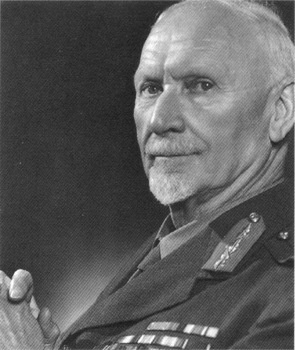
At Smuts' urging, Keynes began work on The Economic Consequences of the Peace. It was published in December 1919 and was widely read. In the book, Keynes made a grim prophecy that would have particular relevance to the next generation of Europeans: "If we aim at the impoverishment of Central Europe, vengeance, I dare say, will not limp. Nothing can then delay for very long the forces of Reaction and the despairing convulsions of Revolution, before which the horrors of the later German war will fade into nothing, and which will destroy, whoever is victor, the civilisation and the progress of our generation."

Germany soon fell hopelessly behind in its reparations payments, and in 1923 France and Belgium occupied the industrial Ruhr region as a means of forcing payment. In protest, workers and employers closed down the factories in the region. Catastrophic inflation ensued, and Germany's fragile economy began quickly to collapse. By the time the crash came in November 1923, a lifetime of savings could not buy a loaf of bread. That month, the Nazi Party led by Adolf Hitler launched an abortive coup against Germany's government. The Nazis were crushed and Hitler was imprisoned, but many resentful Germans sympathized with the Nazis and their hatred of the Treaty of Versailles.
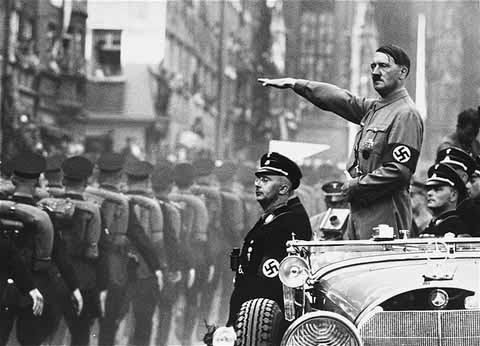
A decade later, Hitler would exploit this continuing bitterness among Germans to seize control of the German state. In the 1930s, the Treaty of Versailles was significantly revised and altered in Germany's favor, but this belated amendment could not stop the rise of German militarism and the subsequent outbreak of World War II.

In the late 1930s, John Maynard Keynes gained a reputation as the world's foremost economist by advocating large-scale government economic planning to keep unemployment low and markets healthy. Today, all major capitalist nations adhere to the key principles of Keynesian economics. He died in 1946.
taken from: http://www.history.com/this-day-in-history/keynes-predicts-economic-chaos [28.06.2013]

By the fall of 1918, it was apparent to the leaders of Germany that defeat was inevitable in World War I. After four years of terrible attrition, Germany no longer had the men or resources to resist the Allies, who had been given a tremendous boost by the infusion of American manpower and supplies. In order to avert an Allied invasion of Germany, the German government contacted U.S. President Woodrow Wilson in October 1918 and asked him to arrange a general armistice. Earlier that year, Wilson had proclaimed his "Fourteen Points," which proposed terms for a "just and stable peace" between Germany and its enemies. The Germans asked that the armistice be established along these terms, and the Allies more or less complied, assuring Germany of a fair and unselfish final peace treaty. On November 11, 1918, the armistice was signed and went into effect, and fighting in World War I came to an end.


In January 1919, John Maynard Keynes traveled to the Paris Peace Conference as the chief representative of the British Treasury. The brilliant 35-year-old economist had previously won acclaim for his work with the Indian currency and his management of British finances during the war. In Paris, he sat on an economic council and advised British Prime Minister David Lloyd George, but the important peacemaking decisions were out of his hands, and President Wilson, Prime Minister Lloyd George, and French Prime Minister Georges Clemenceau wielded the real authority. Germany had no role in the negotiations deciding its fate, and lesser Allied powers had little responsibility in the drafting of the final treaty.

It soon became apparent that the treaty would bear only a faint resemblance to the Fourteen Points that had been proposed by Wilson and embraced by the Germans. Wilson, a great idealist, had few negotiating skills, and he soon buckled under the pressure of Clemenceau, who hoped to punish Germany as severely as it had punished France in the Treaty of Frankfurt that ended the Franco-Prussian War in 1871. Lloyd George took the middle ground between the two men, but he backed the French plan to force Germany to pay reparations for damages inflicted on Allied civilians and their property. Since the treaty officially held Germany responsible for the outbreak of World War I (in reality it was only partially responsible), the Allies would not have to pay reparations for damages they inflicted on German civilians.

The treaty that began to emerge was a thinly veiled Carthaginian Peace, an agreement that accomplished Clemenceau's hope to crush France's old rival. According to its terms, Germany was to relinquish 10 percent of its territory. It was to be disarmed, and its overseas empire taken over by the Allies. Most detrimental to Germany's immediate future, however, was the confiscation of its foreign financial holdings and its merchant carrier fleet. The German economy, already devastated by the war, was thus further crippled, and the stiff war reparations demanded ensured that it would not soon return to its feet. A final reparations figure was not agreed upon in the treaty, but estimates placed the amount in excess of $30 billion, far beyond Germany's capacity to pay. Germany would be subject to invasion if it fell behind on payments.

Keynes, horrified by the terms of the emerging treaty, presented a plan to the Allied leaders in which the German government be given a substantial loan, thus allowing it to buy food and materials while beginning reparations payments immediately. Lloyd George approved the "Keynes Plan," but President Wilson turned it down because he feared it would not receive congressional approval. In a private letter to a friend, Keynes called the idealistic American president "the greatest fraud on earth." On June 5, 1919, Keynes wrote a note to Lloyd George informing the prime minister that he was resigning his post in protest of the impending "devastation of Europe."

The Germans initially refused to sign the Treaty of Versailles, and it took an ultimatum from the Allies to bring the German delegation to Paris on June 28. It was five years to the day since the assassination of Archduke Francis Ferdinand, which began the chain of events that led to the outbreak of World War I. Clemenceau chose the location for the signing of the treaty: the Hall of Mirrors in Versailles Palace, site of the signing of the Treaty of Frankfurt that ended the Franco-Prussian War. At the ceremony, General Jan Christiaan Smuts, soon to be president of South Africa, was the only Allied leader to protest formally the Treaty of Versailles, saying it would do grave injury to the industrial revival of Europe.

At Smuts' urging, Keynes began work on The Economic Consequences of the Peace. It was published in December 1919 and was widely read. In the book, Keynes made a grim prophecy that would have particular relevance to the next generation of Europeans: "If we aim at the impoverishment of Central Europe, vengeance, I dare say, will not limp. Nothing can then delay for very long the forces of Reaction and the despairing convulsions of Revolution, before which the horrors of the later German war will fade into nothing, and which will destroy, whoever is victor, the civilisation and the progress of our generation."

Germany soon fell hopelessly behind in its reparations payments, and in 1923 France and Belgium occupied the industrial Ruhr region as a means of forcing payment. In protest, workers and employers closed down the factories in the region. Catastrophic inflation ensued, and Germany's fragile economy began quickly to collapse. By the time the crash came in November 1923, a lifetime of savings could not buy a loaf of bread. That month, the Nazi Party led by Adolf Hitler launched an abortive coup against Germany's government. The Nazis were crushed and Hitler was imprisoned, but many resentful Germans sympathized with the Nazis and their hatred of the Treaty of Versailles.

A decade later, Hitler would exploit this continuing bitterness among Germans to seize control of the German state. In the 1930s, the Treaty of Versailles was significantly revised and altered in Germany's favor, but this belated amendment could not stop the rise of German militarism and the subsequent outbreak of World War II.

In the late 1930s, John Maynard Keynes gained a reputation as the world's foremost economist by advocating large-scale government economic planning to keep unemployment low and markets healthy. Today, all major capitalist nations adhere to the key principles of Keynesian economics. He died in 1946.
taken from: http://www.history.com/this-day-in-history/keynes-predicts-economic-chaos [28.06.2013]







The Reader's Companion to Military History. Edited by Robert Cowley and Geoffrey Parker. Copyright © 1996 by Houghton Mifflin Harcourt Publishing Company. All rights reserved.





